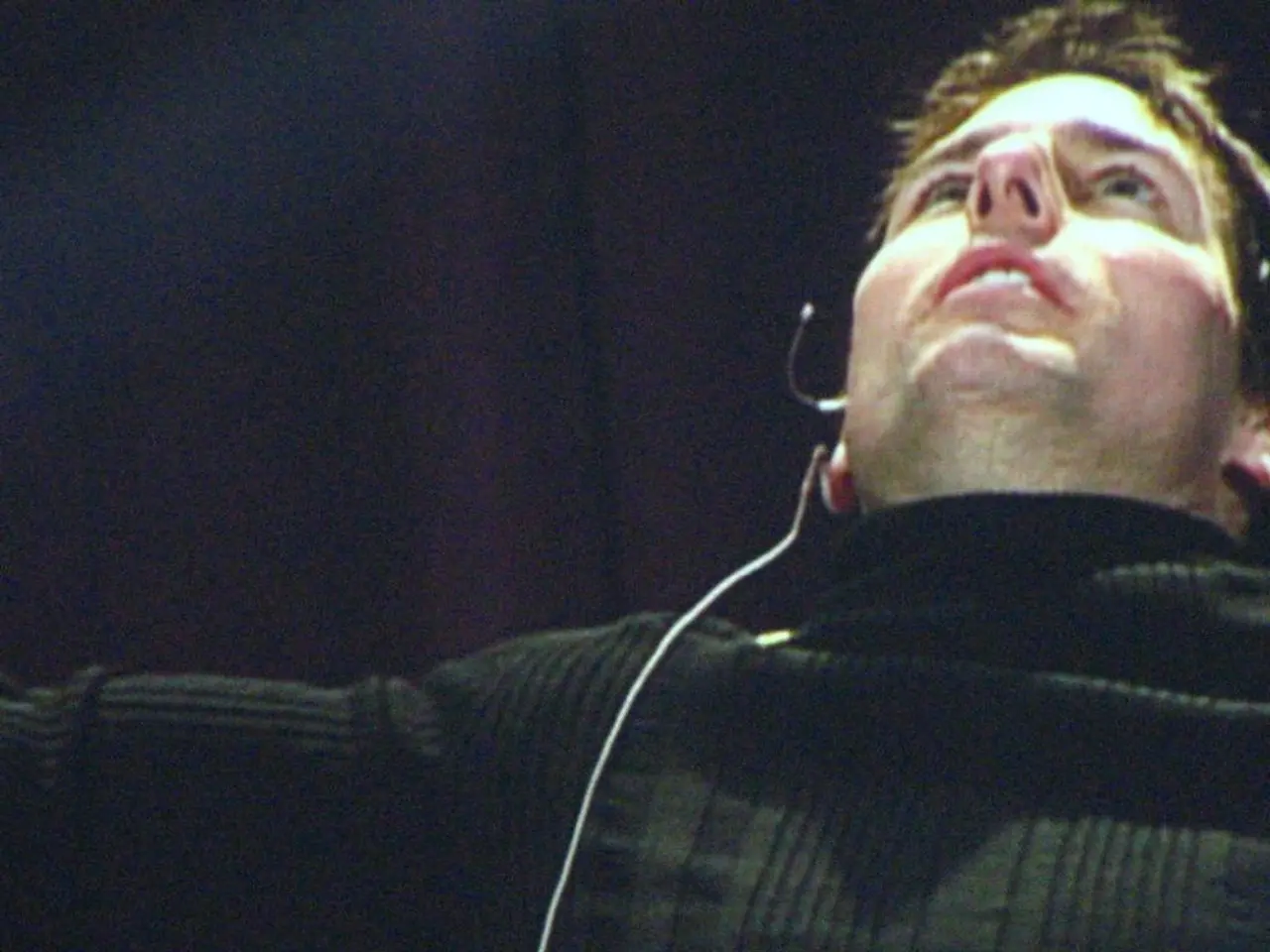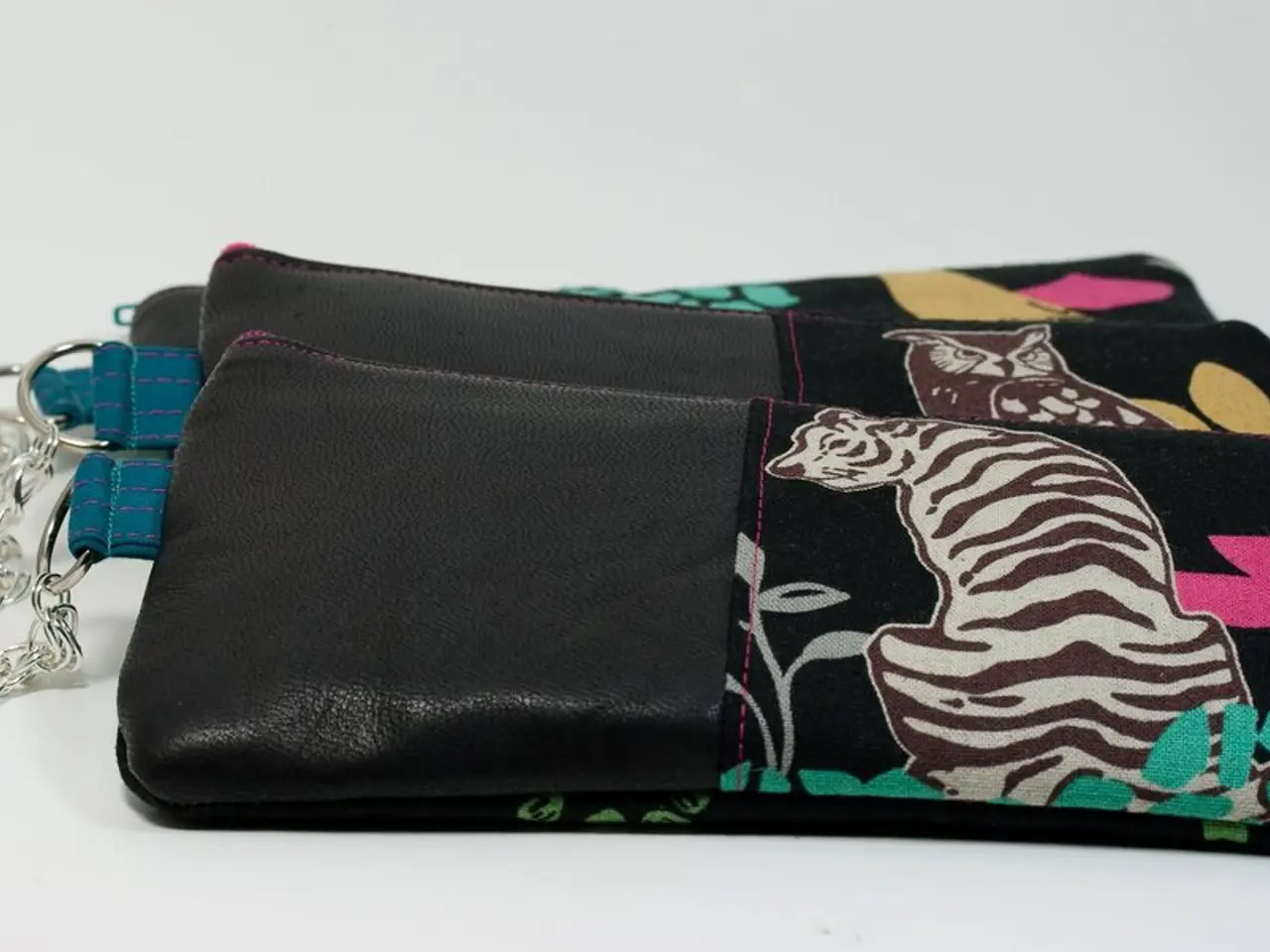Unveiling the Complexities: Microphones Go Beyond Simple Point-and-Use Operation
In the world of broadcasting, the quality of sound is just as crucial as the visuals. One essential tool that plays a significant role in capturing clear and accurate audio is the shotgun microphone.
Shotgun microphones, with their highly directional pickup pattern, are designed to isolate the desired sound source while minimizing surrounding noise and reverberation. This directionality, especially at mid to high frequencies, provides a lobar polar pattern that captures sound mostly from the front and rejects sounds from the sides and rear.
The precision of aiming these microphones is vital in broadcasting for several reasons:
- Clear, focused sound: Shotgun microphones capture dialogue and sounds from the target direction clearly while rejecting background noise, a necessity in noisy environments or on location.
- Control over sound quality: Adjusting the aiming angle can control the balance between direct sound and ambient reflections, affecting the tonal quality and intelligibility.
- Mobility and framing: Compact professional shotgun microphones like Sony’s ECM-778 allow broadcasters and boom operators to position or aim microphones closely and subtly without intruding into the camera frame, maintaining visual aesthetics alongside sound quality.
- Proximity effect management: Proper distance and aiming help manage the proximity effect (bass boost when close to the sound source) to avoid muddy or unnatural audio.
In early sports broadcasting, a few microphones often blended a pleasant holistic representation of the sound field, including spectators. However, with advancements in technology, microphones like shotgun microphones have come to the forefront, offering more control and precision in sound capture.
Despite the advancements in modern microphones and their technology, the capture of sound remains a mystery. The beginning and the end of the broadcasting signal chain are still analog, and electronics are used to shape aspects of a sound field through cancellation, equalization, and electronic manipulation.
In conclusion, the quality and accuracy of sound capture in broadcasting using shotgun microphones depend heavily on aiming precision to exploit their directional pattern and minimize off-axis noise and reflections. Skilled aiming is essential to leverage the highly directional nature of shotgun microphones, resulting in more accurate sound capture for broadcast productions, where clarity and noise rejection are critical.
- In the broadcasting industry, the advent of digital technology and advanced microphones like shotgun microphones, such as Sony’s ECM-778, offer broadcasters and boom operators greater control over sound quality, enabling them to capture clear and focused audio.
- With their lobar polarpattern, shotgun microphones are designed to capture sound mostly from the front and reject sounds from the sides and rear, providing a significant advantage in contrasting the target sound source and surrounding noise.
- The precision of aiming shotgun microphones is essential in today's broadcasting environments, as it offers broadcasters the ability to manage the proximity effect, ensuring a natural and balanced sound without muddy or unnatural undertones.
- Controlling the balance between direct sound and ambient reflections is crucial in capturing accurate and intelligible dialogue in broadcasting—a task made possible by the directional nature of shotgun microphones and the precision of their aiming.
- Technology, entertainment, media, and lifestyle industries greatly benefit from advancements in microphone technology, as the precision and clarity of sound capture play a pivotal role in enhancing the overall audio-visual experience that viewers enjoy through television broadcast.




